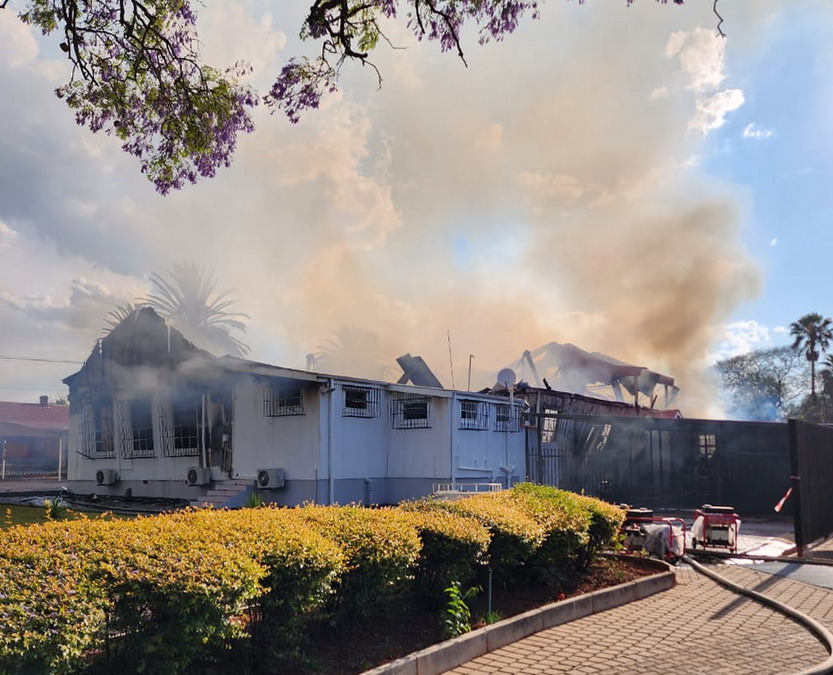- Joined
- 9 October 2009
- Messages
- 19,979
- Reaction score
- 10,476

Burning down the house - defenceWeb
The recent fire at the SA Army College is an event that received little media attention. This is obviously not the Parliamentary precinct or the seat of government. The Centre for Conflict Simulation was housed in the building that burnt to the ground on 25 October. Many an SA Army officer over...
The recent fire at the SA Army College is an event that received little media attention. This is obviously not the Parliamentary precinct or the seat of government. The Centre for Conflict Simulation was housed in the building that burnt to the ground on 25 October.
Many an SA Army officer over time has passed through this building, which has a rich history as it is one of the buildings that came from India after the Anglo-Boer War as part of the post-war British rebuilding programme. Of the less fond memories of the building for the officer’s past would be the memories of it being a PT hall. From around 1997 the building was converted into a wargaming centre.
The facility provided a wargaming capability that is not available in the majority fighting forces around the world. The South African National Defence Force (SANDF) can be called an early adopter, maybe even a pioneer in this field. The air, land and sea arms of service each have simulation capabilities that ensure the most is gotten out of real world equipment. Simulation also provides a benefit in a budget constrained environment in that the operators can still train, and in some cases keep current, on main equipment.
The problem is that with the SANDF budget crunch it seems as though entities like the Centre for Conflict Simulation have not been funded. Over the last two years, the simulation centre had no wargaming tool availability to simulate any conflict situation. This is due to a lack of a support contract. This seems not to be a new state of affairs for this key capability. In the early years there were several support contracts that enabled the SA defence industry to provide an operational level wargame called Hawk, as well as a movement and detection capability called Arend. Unfortunately, both the systems that were owned by the SANDF were decommissioned as the funding to maintain the capability was stopped.
